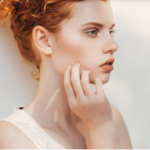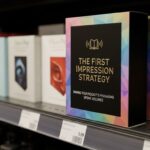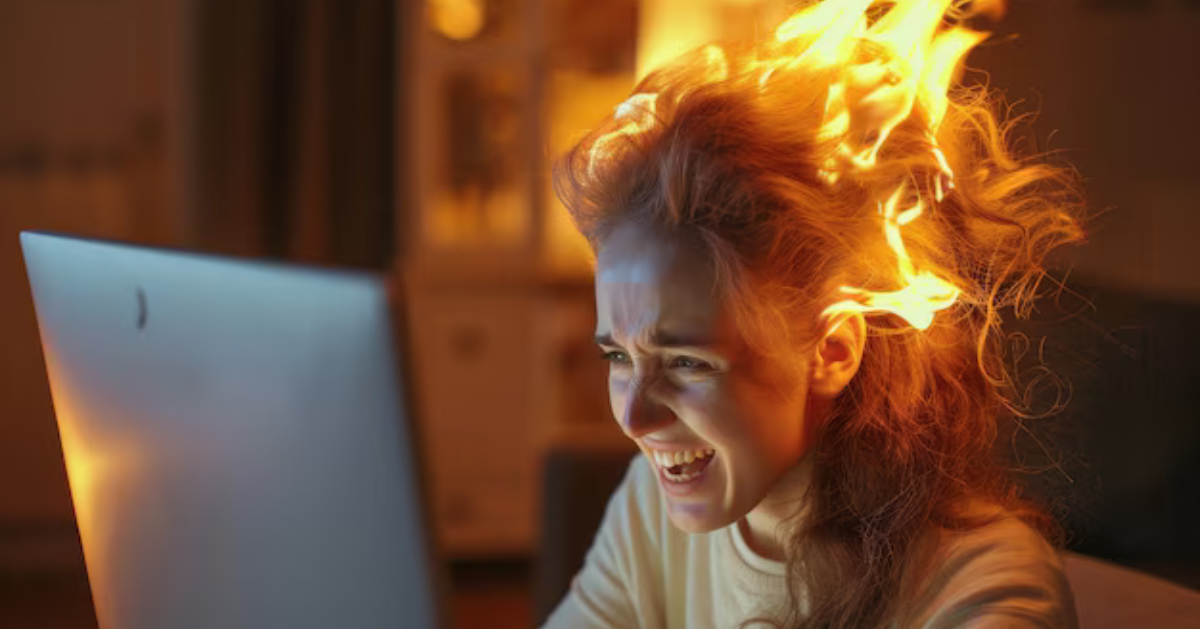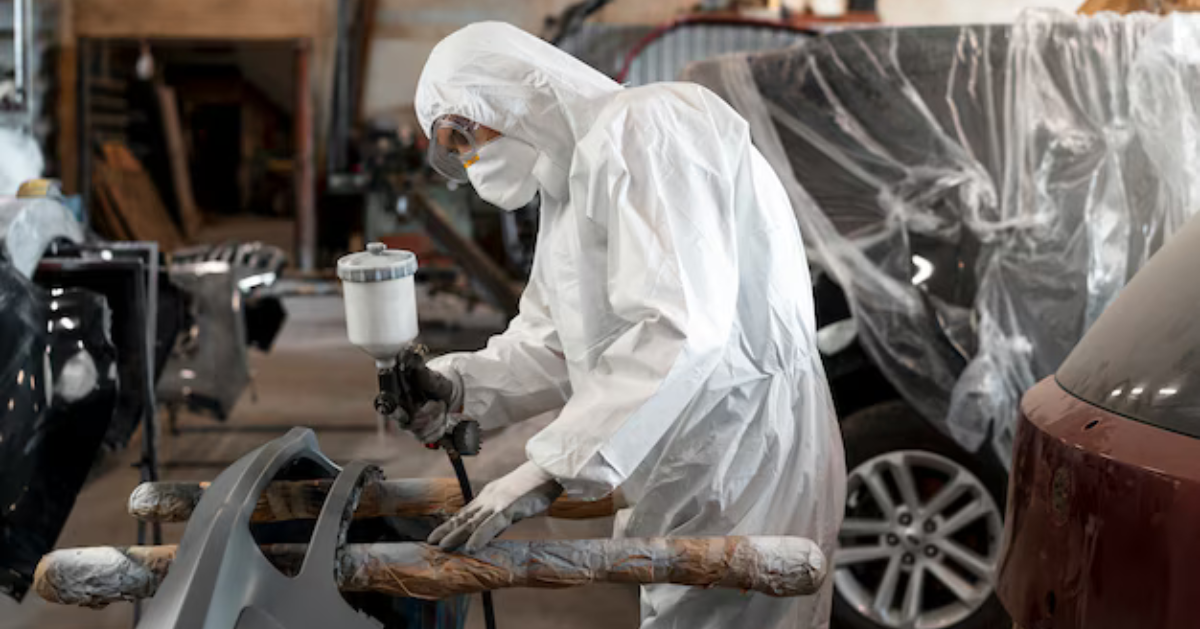I spoke with Channing Morgan over the phone from my Pittsburgh, PA desk to her Oakland, CA Studio. This August was Channing’s third month post-graduation from her MFA program, and our conversation focused on her insights and experiences around this significant transitional phase in her career as an artist. As she put it: “I’m in such a specific point that I feel so many artists go through… you spend the next couple years trying to sort out what just happened to you and your practice.”
I live in no man’s land. I have lived here my whole life, just outside of the racial structure you understand. I am compelled by the instability of race as a construction in our society in relation to how much it is considered innate to our identities. My experience as a person, who identifies as black while occupying a racially ambiguous body, triggers a subconscious desire in others to understand the unknown. Similar to the anxiety felt around the relationship between transgendered identities and gender, those who are perceived to “slip and slide” freely between racial groups reveal its instability. In doing so, these transracial identities (of which I consider myself one) force one to consider the stability of their own racial identity or if it is as innate as they once believed. Perhaps even more directly, this is connected to one of the most basic fears in the human experience – if I cannot identify ‘other’ in the way I understand, then how can I identify ‘self?’
My specific perspective as a person unable to fully identify with one race or another gives light to the absurdity and contradictions in these presumed truths. In my work, I use collages, text and installation to explore the failure, patheticism and humor of our society’s racial structure. -Channing Morgan
So, tell me a story about how you became an artist.
I just finished my MFA, in a lot ways I feel like I’m at the beginning of the “idea of becoming an artist.” I feel like I have everything behind me and I’m looking forward to a blank slate. I always wanted to make art, so when college happened it was literally the only thing I wanted to do. I was trained as a printmaker. I had these really strict visions of process. I wanted to do an MFA because I wanted that rigorous thinking time and I got it, probably a little too much of it. It swung the pendulum in almost exactly the other direction. Now that I just finished, I feel like I get to define my own balance between the two, and set my own definition of what it means to be an artist.
Did your time in your MFA program, change your understanding of how you wanted to function as an artist?
Definitely, I mean an MFA was the best and worst thing that happened. It was more formal, I started actually doing all the evils, the up’s and down’s, and the backends of the art world. Even in that context is this what I want to get paid for? And is this what I want to do? Are these the people I want to talk to? Are these the conversations that I want to have? It put me through the ringer a good deal. I don’t even know the full extent of how I want to be an artist but I think that’s what I’m on the brink of discovering.
I had a real shift in what I see my practice as in graduate school. I’ve always had an obsessive note-taking process, I’m constantly writing and collecting and recording. My sketchbooks always look like these frenetic ramblings of a nervous mind [laughs]. I have to go back and weed through layers of my own ramblings to get to something. It was never nice neat drawings. So I started to realize that that note-taking and that recording was my practice. So I’ve had a new appreciation for it, and have given it a new validity in my mind.
When me and about eleven other women graduated this year, we got together and discussed how is everyone’ going to support themselves living in the Bay Area because of how expensive it is. A lot of us had a common anxiety about our practice and being an artist falling to the waste side. So we got together and decided to start a collective, we rented out this warehouse space in Oakland and we’ve been building out and turning it into our studios, eventually it’s also going to be this gallery space where we can have exhibitions and forums and talks.It was this living, breathing thing that demanded our attention and demanded our time. It makes us have to step up and keep stepping up. That has been the way that I’ve been forcing myself into the studio. I’m really grateful for it.What kinds of things have been are percolating since this transition?
My work is largely drawn by my experience growing up as a Black woman who occupies a racially ambiguous body. I think my work became all about the awkwardness and contradictions that I felt around race, when people think you are all races or, in that same way, race-less. It felt like they didn’t really quite know what to do with me. It altered my relationship to race and how I viewed myself. There’s a lot of ideas that’s still trying to branch off of my MFA work, but I’m changing my intention with it.
Right now there’s so much anxiety of [the United States] being a country defined and fixated around its relationship with race. I’m really fascinated with how our society deals with the lines drawn both physically and culturally between races and what happens when the lines start to get uncomfortably hazy. People have to contend with the fact that things aren’t as cut and dry as they want them to be. For instance, right now, that Rachel Dolezal media blitz was such a delicious treat for my practice. It’s the gift that keeps on giving.
I’m also drawing from standup comedy, which has always been a thing for me. I’m fascinated by the space created in standup, where people feel so willing to be honest, where they don’t care about being misconstrued as saying something “wrong” or “incorrect”. I think standup comedy is where people say whatever the hell they want to say because they feel more comfortable that it’s under the guise of jokes.
Do you have a vision of your audience?
I hope that there’s this moment for my viewer when they’re asking: Why am I like this? Why am I upset? Why would she say that? Why would she write that? I hope that there’s that moment that disrupts their day for a minute.
Could you talk about a specific piece that you made during your MFA program that ended up being a surprise for you?
There’s one piece that is really a standout for me, “I love my nigger girlfriend.” I made this when I was so frustrated with my own practice and my own work. I wanted to make something that was completely raw, something that I just wanted to see myself. It was an “ah-ha” moment for me.
A lot of times I make a piece and go through such a journey with it and at the end you’re like, what the hell is that? Well that’s that, let’s move on. That piece felt like it could mean so many things to so many people. It really felt like the most unfiltered and the most honest thing that I had done in my MFA. That’s the only piece that’s up in my studio from my MFA because that’s the piece that I want to inform me.
Thank you for sharing your insight and experiences! I’m really excited for your upcoming year, it’s going to be huge!










